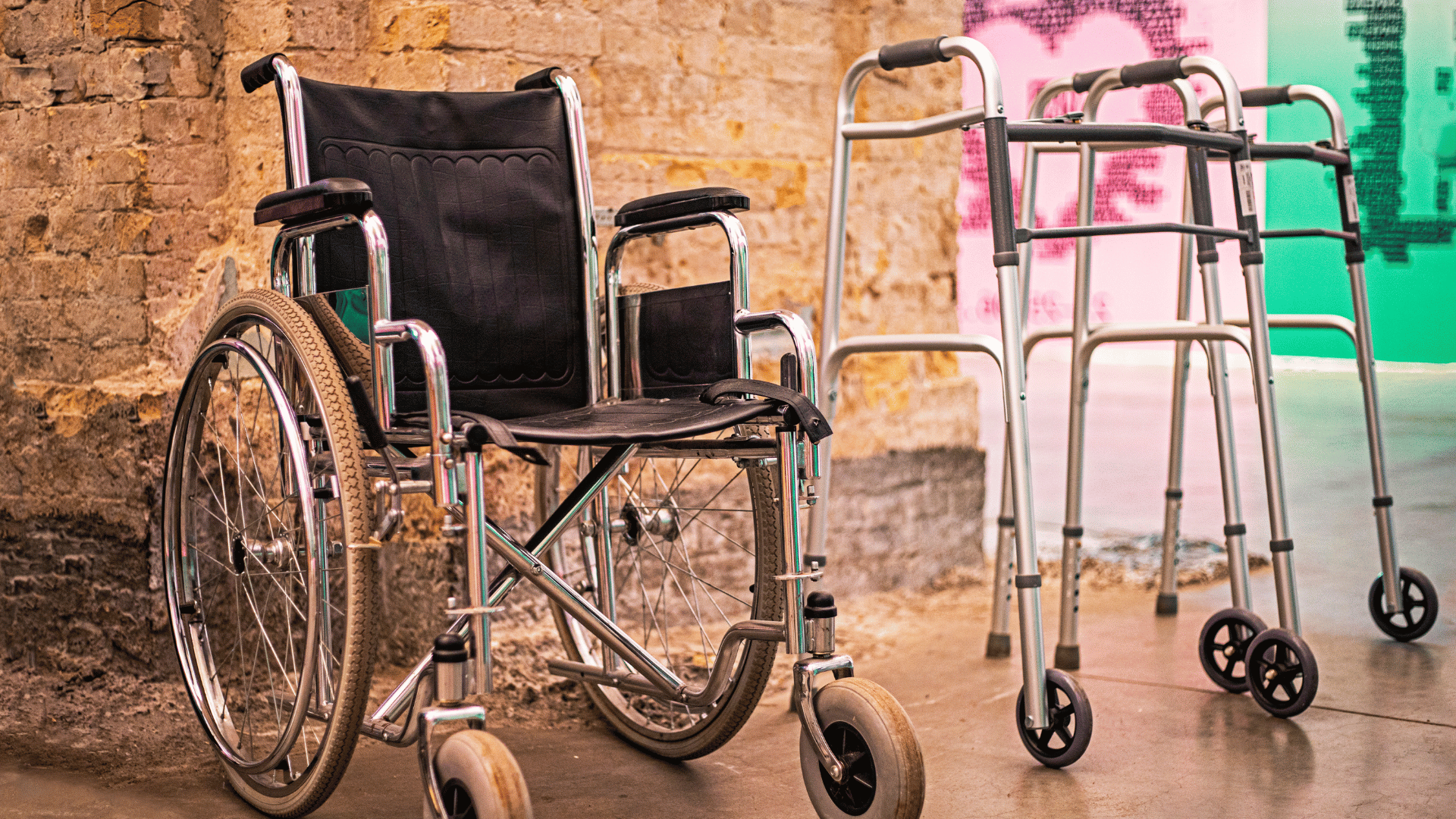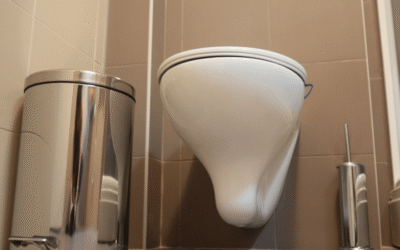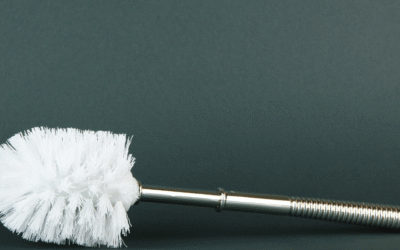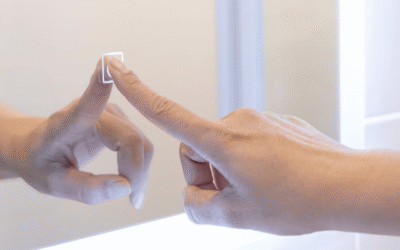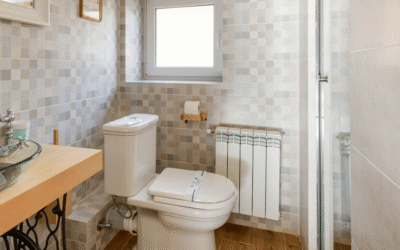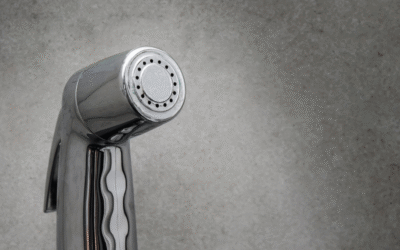Mobility aids can be life-changing for individuals with limited mobility, offering extra support, improved safety, and increased independence. Whether you’re recovering from an injury, living with a long-term condition, or simply finding certain daily tasks more difficult, there is a wide range of mobility aids designed to enhance your quality of life at home.
In this guide, we explore the top mobility aids, how to choose the right one for your specific needs, and what financial assistance is available to make them more accessible.
What Are Mobility Aids?
Mobility aids are tools or devices that help individuals with mobility limitations move around more safely and comfortably. They are especially beneficial for elderly individuals, people with disabilities, and those recovering from surgeries or injuries.
Key benefits include:
- Enhanced stability and support
- Reduced risk of falls and injuries
- Increased confidence and independent living
- Greater ability to engage in recreational activities and social life
What Mobility Aids Can You Get from the NHS?
The NHS offers various mobility equipment based on medical assessments:
- Walking sticks
- Walking frames (Zimmer frames and rollators)
- Manual wheelchairs
- Rising aids (to assist in standing from a seated position)
- Grab bars and rails for added stability in bathrooms or stairways
To access these, you may need a referral from a GP, occupational therapist, or local authority. In England, the Personal Wheelchair Budget scheme also helps cover costs for eligible users.
Can I Get Free Mobility Aids?
Yes, in some cases:
- The NHS may provide basic aids on loan following a mobility assessment
- The Motability Scheme allows people to use disability benefits to lease a wheelchair or mobility scooter
- Charities and grants can help with larger items like electric wheelchairs or mobility scooters
- Products sold with VAT relief may reduce costs for those with long-term health conditions
What Are the Three Different Types of Mobility Aids?
Mobility aids generally fall into three categories:
1. Walking Aids
Provide light to moderate support for those with balance issues or weakness in the legs:
- Walking sticks (£5–£30)
- Crutches
- Walking frames/rollators (£40–£200), many with built-in seats and storage baskets
2. Wheeled Aids
For individuals with more significant mobility restrictions:
- Manual wheelchairs – lightweight and portable, often carer-assisted
- Self-propelled wheelchairs allow users to move independently using large rear wheels
- Power wheelchairs – electrically powered, ideal for full independence
💡 Wheelchairs range from £150 to over £1,000 depending on type and features.
3. Motorised Mobility Aids
Ideal for covering longer distances:
- Mobility scooters – prices range from £500 to £5,000+
- Offer adjustable seating, speed settings, and independent transport to shops or shopping centres
What Are Examples of Mobility Devices?
Here’s a list of essential mobility aids that can make life easier at home:
- Grab bars and rails – provide support near beds, toilets, and showers
- Glide sheets – assist carers with repositioning individuals in bed
- Access ramps – remove barriers for wheelchair users or those using walking frames
- Perching stools – offer a break while standing, perfect for use in kitchens or bathrooms
- Standing frames and rising aids – support users with lower body weakness
These devices are designed to assist, enhance functionality, and promote safety in the home.
What Is the Most Common Mobility Aid?
The most commonly used aids include:
- Walking sticks
- Wheelchairs
- Mobility scooters
The choice often depends on the user’s condition, their own needs, and the environment in which they operate. For example, a walking stick may be ideal for tight spaces, while a mobility scooter offers more independence outdoors.
What Walking Aids Are Available on the NHS?
Common walking aids available through the NHS include:
- Standard walking sticks
- Quad canes
- Zimmer frames
- Rollators
An occupational therapist or healthcare professional will assess your needs and recommend a suitable device, which may be provided for free or on loan.
Which Type of Mobility Aid Would Be Most Appropriate?
To choose the right aid, consider:
- Level of support required – Is occasional assistance enough, or is full-time support needed?
- Where will it be used – Indoors only, or outdoors on uneven terrain?
- Physical ability – Can you walk at all, or would a seated device be better?
- Budget – Prices vary significantly, so shop based on your needs and resources
- Lifestyle factors – Do you travel frequently? Do you live in a care home or independently?
Consulting a healthcare professional is the best way to determine which product is best suited to your needs.
What Are the Best Mobility Aids for Chronic Fatigue?
For individuals living with chronic fatigue, aids that reduce energy expenditure are most helpful:
- Rollators – for rest and balance support while moving around
- Mobility scooters – to conserve energy over long distances
- Rising aids – to reduce the effort needed to stand
- Grab rails – to minimise strain during daily activities
Comfort and ease of use are essential when managing ongoing fatigue, so consider aids that minimise exertion while promoting independence.
Final Thoughts
Mobility aids are more than just tools, they’re a gateway to independent living, confidence, and daily safety. From walking sticks to mobility scooters, and from grab bars to wheelchairs, there’s a wide selection of aids that can help you or a loved one regain mobility and enhance quality of life.
Before purchasing, take the time to assess:
- Specific needs and preferences
- Your home environment
- Available financial assistance
- Recommendations from your occupational therapist or GP

